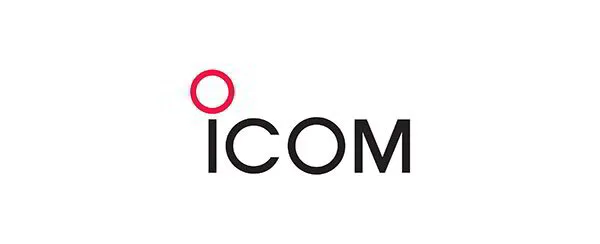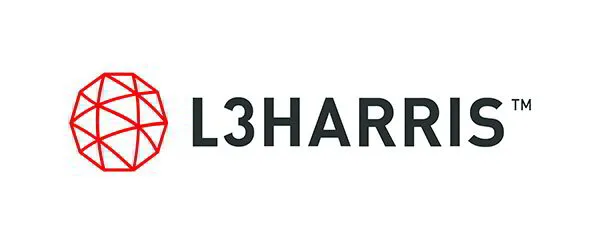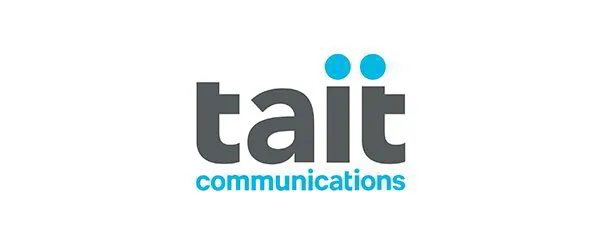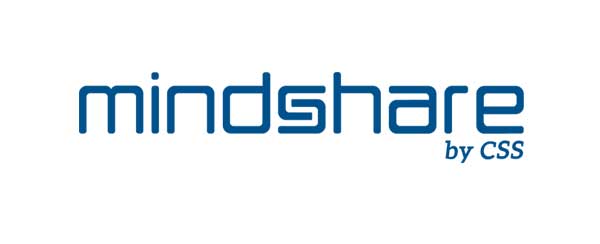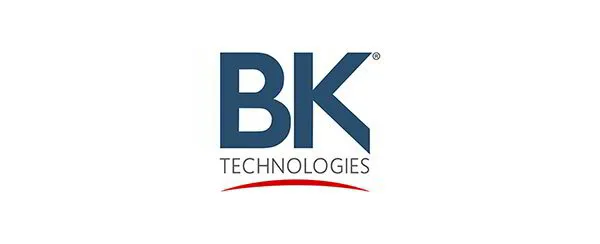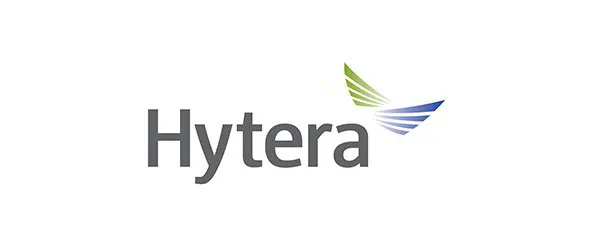
One of the Most Complete Communication Networks in the Northwest
White Cloud Communications Inc., an Idaho-based company with nearly 50 years of expertise, is headquartered in Twin Falls and operates satellite offices in Garden City, Burley, and Idaho Falls. We specialize in advanced two-way radio services, designing, developing, and delivering innovative solutions that boost productivity, enhance safety, and connect people in the toughest environments. Our mission is to provide seamless, reliable, and instant communication for businesses and communities across southern Idaho. With a focus on innovation, quality, and a customer-first mindset, we aim to be the trusted leader in wireless communication solutions.
Industries
Table of Contents
Radio Repeaters in Idaho Falls
In the rugged landscapes of eastern Idaho, where emergency responders race through remote areas or construction crews coordinate on sites near Idaho Falls, reliable communication can mean the difference between success and crisis. Radio Repeaters in Idaho Falls serve as vital what are radio repeaters, receiving weak signals and retransmitting them to extend range significantly. As signal boosters for radios, these extended range communication devices address the Snake River Valley’s challenging terrain, ensuring clear two-way connections for public safety and commercial operations.
Idaho’s mountainous regions and urban dead zones in Idaho Falls often hinder direct radio signals, making repeaters essential for seamless coverage. With over 300 active systems statewide according to RepeaterBook, these tools support industries like logistics and manufacturing by overcoming such obstacles. White Cloud Communications, with nearly 50 years of local expertise, designs and handles two-way radio repeater installation to integrate radio repeater systems across their extensive tower network. Their FCC licensing support ensures compliance, delivering robust solutions for wide-area reliability in eastern Idaho.
This article explores the fundamentals, benefits, and operational insights of radio repeaters tailored to Idaho Falls needs. To appreciate their value, let’s first explore what radio repeaters are and how they function in detail.
Fundamentals of Radio Repeaters
Radio repeaters serve as essential tools in extending communication ranges, particularly for Radio Repeaters in Idaho Falls where terrain and distance challenge direct signals. These devices act as signal relay stations, receiving weak transmissions and retransmitting them at higher power to reach farther. Understanding repeater fundamentals and signal amplification basics is crucial for professionals in eastern Idaho evaluating options for reliable two-way radio systems.
Core Components and Types
At the heart of repeater fundamentals lies a trio of core components: the receiver, transmitter, and controller. The receiver captures incoming radio signals on a specific frequency, while the transmitter amplifies and rebroadcasts them on a different output frequency to avoid interference. A controller manages the timing and switching between receive and transmit modes, often incorporating antennas for signal capture and duplexers to allow simultaneous operation on shared antennas without signal overlap.
Repeaters come in analog and digital varieties, each suited to different needs. Analog models process continuous waveforms, offering simplicity but vulnerability to noise in rugged Idaho environments like Teton Valley agriculture fields. Digital repeaters, however, convert signals to binary data for clearer transmission, excelling in noisy settings with error correction. For instance, standards like P25 for public safety and digital mobile radio provide robust audio in DMR systems, compatible with motorola radios. Maintenance of these components, such as tuning duplexers or repairing transmitters, often requires local expertise in radio repeater repair Idaho to ensure longevity and performance.
Local Repeater Landscape in Idaho Falls
In eastern Idaho, the repeater network blends amateur and commercial systems to support diverse users from hobbyists to emergency responders. Directories like those from K7JEP list key installations, such as the 147.240 MHz repeater on Ammon Peak, accessible via the Eastern Idaho Amateur Radio Club with standard offsets and tones for entry.
Commercial repeaters often operate on UHF bands around 460 MHz, covering Idaho Falls and surrounding areas for logistics and public safety. For example, frequencies in the 453-462 MHz range serve industrial sites, coordinated to prevent overlap. Access protocols typically involve CTCSS tones or DCS codes to activate the repeater, ensuring secure use. In Idaho Falls, towers on nearby hills like those in the Snake River area extend coverage to remote farms and construction zones, making these systems vital for coordinated operations. Users can consult K7JEP listings for exact locations, such as repeaters atop the Heise area for VHF propagation across Bonneville County.
FCC Licensing Essentials
Operating or installing a radio repeater demands adherence to FCC regulations, starting with obtaining a license for the station and operators. For amateur setups, a Technician-class license suffices, but commercial installations require a General Radiotelephone Operator License (GROL) or equivalent, plus frequency coordination to avoid conflicts.
The process involves submitting FCC Form 601 for new licenses, detailing equipment specs and coverage areas, followed by renewals every 10 years. Narrowband compliance, mandating 12.5 kHz channels since 2013, ensures efficient spectrum use; non-compliance risks fines up to $10,000. Coordination bodies like the Western Frequency Coordination Council handle assignments, often streamlining applications.
Experts like White Cloud Communications assist with filings, from initial applications to relocations and narrowband upgrades, leveraging their experience in Idaho’s regulatory landscape. This support includes site surveys and documentation, helping users navigate steps like environmental assessments for tower placements. With proper licensing, repeaters integrate seamlessly into compliant networks.
With these fundamentals in mind, the advantages of integrating repeaters into your communication strategy become clear.
Advantages of Radio Repeaters for Businesses
Building on the fundamentals of radio repeaters, these advantages demonstrate why they are indispensable for businesses in Idaho Falls, Idaho. From extending communication reach across vast landscapes to bolstering team coordination, Radio Repeaters in Idaho Falls provide robust solutions tailored to local challenges like rugged terrain and remote sites.
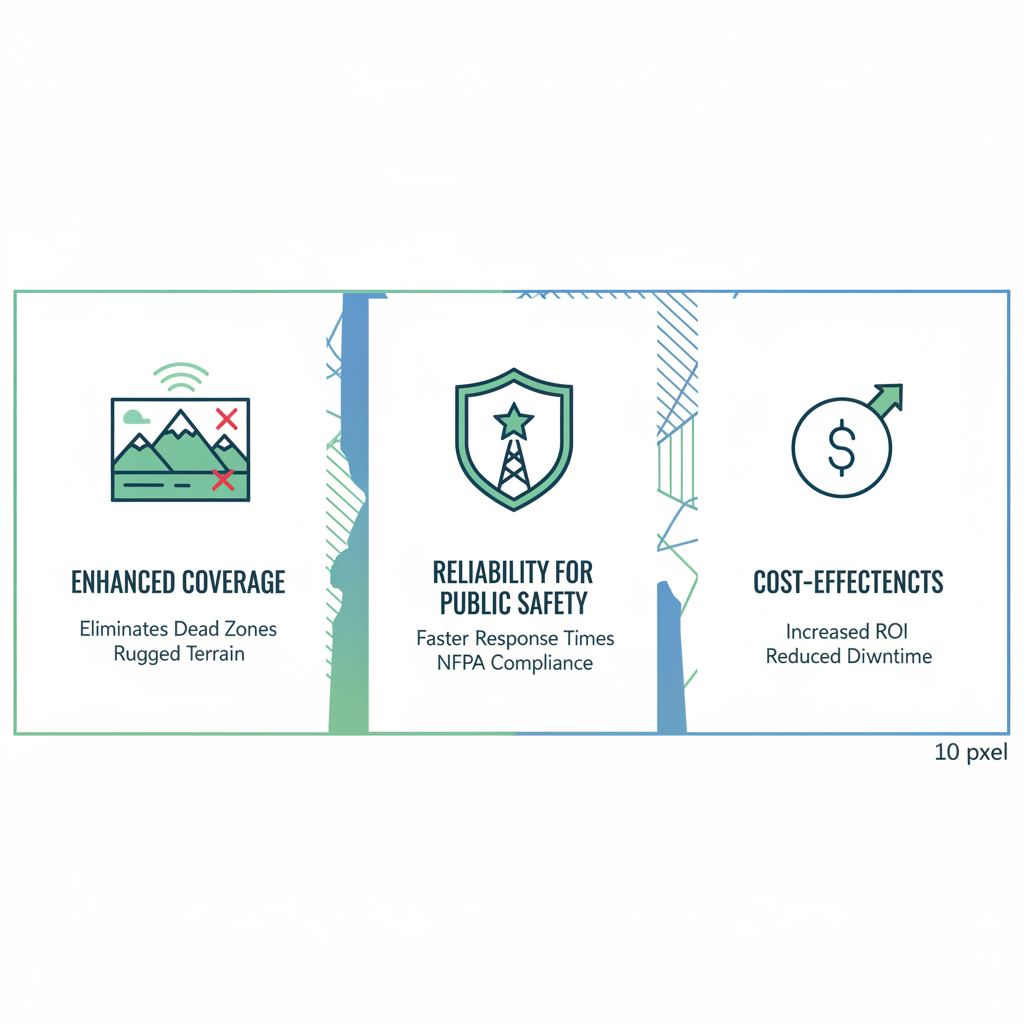
Visual benefits of radio repeaters for business communication
Enhanced Coverage and Reliability
Radio repeaters eliminate dead zones in large facilities or rugged terrain around Idaho Falls, ensuring seamless connectivity over distances that standard two-way radios cannot reach. For instance, in the expansive Teton Valley, a repeater can extend coverage from a mere 5 miles to over 50 miles, allowing mining operations and logistics teams to maintain constant contact without signal dropouts. This boost in signal strength proves vital in obstructed environments, such as warehouses or mountainous areas, where direct radio paths falter due to buildings or hills.
Repeater-enhanced networks improve operational efficiency by minimizing communication gaps, which directly translates to fewer errors and safer workflows. In Eastern Idaho, deployments inspired by RepeaterBook data show coverage improvements in rural zones reducing response delays by up to 30 percent. For emergency responders, public safety radio systems integrated with repeaters ensure reliable links, addressing queries on practical access protocols like frequency coordination for ham radio use in professional settings. Optimal placement, often on elevated towers near Idaho Falls, maximizes these booster communication benefits, fostering reliability that scales with business growth.
Applications in Public Safety and Industry
In public safety and industrial sectors, radio repeaters deliver critical advantages by enhancing coordination and compliance. Emergency medical services in Idaho Falls rely on these systems for faster incident responses, while construction sites use them for real-time team updates across sprawling projects. Integration with distributed antenna systems ensures in-building coverage, meeting NFPA standards for clear voice transmission during crises.
Key applications include:
- Public safety: Repeaters support P25-compliant networks, reducing communication failures and enabling precise location tracking for first responders.
- Healthcare: Hospitals in Southern Idaho deploy them for staff alerts, ensuring uninterrupted alerts in multi-story facilities.
- Construction and logistics: Teams in mining or transport benefit from two-way radio repeater installation that covers vast sites, improving safety through immediate hazard reporting.
These wireless communication solutions integrate seamlessly with existing setups, as seen in Idaho ARRL-documented emergency successes where repeater use cut coordination times significantly. By addressing how to leverage ham radio repeaters in Eastern Idaho professionally, such systems not only comply with mandates but also elevate overall operational resilience.
Cost-Effectiveness Over Time
Investing in radio repeaters yields substantial return on investment through reduced downtime and scalable infrastructure. Initial two-way radio repeater installation costs are offset by long-term savings, with Southern Idaho businesses reporting up to 40 percent lower maintenance expenses via durable, low-power designs. For example, a logistics firm near Idaho Falls avoided $50,000 in annual losses from communication blackouts after implementing a repeater system.
Scalability allows businesses to expand coverage without overhauling equipment, adapting to growth in industries like manufacturing or utilities. Maintenance plans, including regular signal checks, prevent costly repairs–far cheaper than emergency fixes for failed direct radios. Drawing from RepeaterBook insights on rural deployments, repeaters demonstrate ROI within 18 months by minimizing operational halts and enhancing efficiency.
To achieve these gains, understanding the mechanics is key.
(Word count: 452)
Operational Principles of Radio Repeaters
These operational principles power the advantages discussed earlier, revealing the core mechanics that make radio repeaters essential for extending communication reach in areas like Idaho Falls.
Signal Reception and Transmission Process
Radio repeaters operate through a precise sequence of signal relay processes, acting much like an echo in a canyon to amplify distant voices. The process begins when a two-way radios user transmits on the input frequency, typically in the VHF or UHF bands allocated under FCC Part 90 rules. The repeater’s receiver captures this weak signal via a high-gain antenna mounted on a tower for optimal coverage in eastern Idaho terrains.
- Reception: The incoming radio frequency (RF) signal is detected and filtered to reduce noise, with sensitivity often exceeding -120 dBm for reliable pickup from miles away.
- Amplification and Processing: The audio is extracted, amplified by a low-noise preamp, and if using digital modes like DMR, it’s encoded for error correction to maintain clarity during retransmission.
- Duplexing: A duplexer allows simultaneous receive and transmit operations on closely spaced frequencies, preventing overlap in repeater mechanics.
- Retransmission: The processed signal is modulated onto the output frequency and boosted by a power amplifier, often 50-100 watts, before broadcasting through the antenna.
- Timing and Control: Controllers ensure a brief delay, typically 20-50 milliseconds, for clean handover, with squelch activation to mute carrier-only transmissions.
In Idaho Falls deployments, such as those coordinated by local clubs like K7JEP, this setup extends range by 2-3 times, ideal for public safety networks. Regular radio repeater repair Idaho ensures these components stay aligned for peak performance.
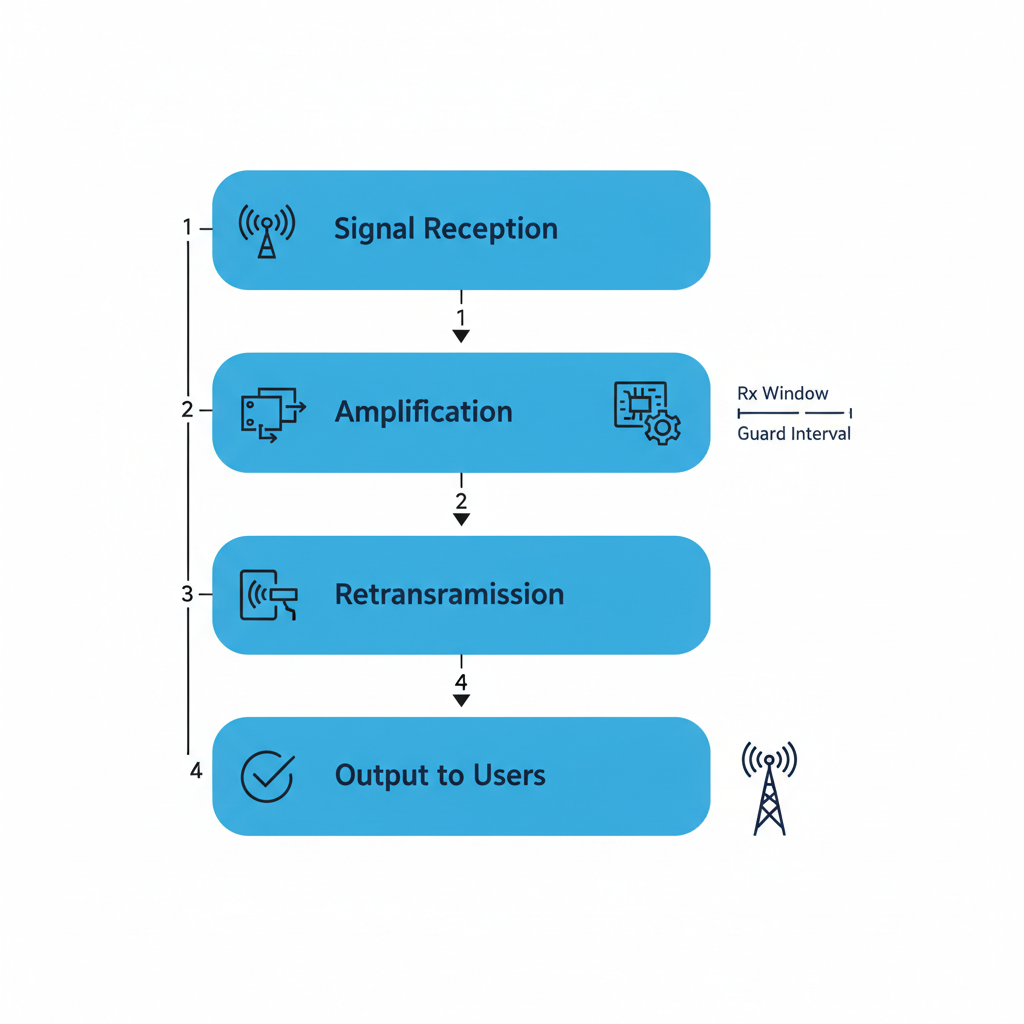
Illustration of radio repeater operational principles
Frequency Management and Interference Avoidance
Effective frequency management is crucial for Radio Repeaters in Idaho Falls, where shared spectrum demands careful coordination to avoid conflicts. Operators select paired frequencies with standard offsets, such as +600 kHz in VHF or +5 MHz in UHF, as per FCC guidelines and local coordinators.
Band allocations prioritize VHF (144-148 MHz for amateur links, 150-174 MHz for land mobile) and UHF (420-450 MHz for repeaters) to suit Idaho’s rugged landscapes. CTCSS tones, like 100.0 Hz or 123.0 Hz, act as sub-audible access codes, opening the receiver only to authorized signals and blocking interference–essential in densely used areas around Idaho Falls.
For quick reference, common frequency pairs in eastern Idaho, drawn from K7JEP operational notes, include:
| Band | Input Frequency | Output Frequency | Offset | Common Use |
|---|---|---|---|---|
| VHF | 145.25 MHz | 145.85 MHz | +0.6 MHz | Amateur linking |
| VHF | 152.90 MHz | 158.70 MHz | +5.8 MHz | Business/industrial |
| UHF | 442.50 MHz | 447.50 MHz | +5 MHz | Public safety |
| UHF | 464.55 MHz | 469.55 MHz | +5 MHz | Commercial |
These examples highlight how coordination prevents overlap, with K7JEP listing active repeaters on 147.000 MHz for regional coverage. Power levels are capped at 50 watts ERP, and antenna placement at elevation minimizes multipath fading.
Integration with Two-Way Systems
Repeaters integrate seamlessly with two-way systems, enhancing networks for dispatch and mobile operations in Idaho Falls environments. They pair with base stations and mobiles via standard interfaces like GMR or accessory connectors, supporting analog FM or digital protocols.
Key compatibilities include:
- Analog Systems: Simple audio linking with PL tones for basic voice relay.
- DMR (Digital Mobile Radio): Tier II repeaters handle TDMA for two simultaneous channels, improving spectral efficiency with forward error correction.
- P25 (Project 25): Phase I/II for public safety, enabling encryption and interoperability with federal standards.
- Handheld and Portable Devices: Direct connectivity to portable radios via programmed offsets, extending personal range from 5 miles to 30+ miles in repeater coverage.
In practice, a dispatcher console links multiple repeaters over IP or microwave backhaul, forming wide-area networks for EMS or construction teams. Power requirements–typically 13.8V DC at 10-20A–demand reliable sources, while antenna colocation with duplexers ensures full-duplex conversations. This integration creates robust ecosystems, where knowing repeater mechanics informs strategies for deployment and maintenance.
Knowing how they work informs effective implementation strategies.
Deployment and Maintenance Strategies
To ensure reliable radio communication in Idaho Falls, applying proven deployment and maintenance strategies is essential. These practices build on the principles of radio repeaters in Idaho Falls, focusing on site selection, routine care, and compliance to minimize downtime and maximize coverage. By partnering with local experts like White Cloud Communications, businesses can achieve seamless two-way radio repeater installation tailored to Southern Idaho’s terrain.
Optimal Site Selection and Installation
Selecting the right site is crucial for optimal signal strength in Southern Idaho’s varied landscape. Begin with comprehensive site surveys to evaluate elevation, line-of-sight, and interference sources, such as mountains or urban structures. White Cloud Communications conducts professional site assessments using advanced tools to identify ideal locations, including their network of over 70 towers for extended coverage.
Installation follows a structured process: obtain necessary permits from local authorities, mount the repeater on a stable tower or elevated structure, and connect to power and antenna systems. For best results, pair the repeater with the best two-way radio options from trusted manufacturers like Kenwood or Motorola, ensuring compatibility for clear transmission. Testing post-installation verifies signal integrity across intended areas. Costs for two-way radio repeater installation typically range from $5,000 to $15,000, depending on site complexity and equipment needs. Follow these repeater optimization tips:
- Assess terrain for obstructions
- Prioritize high-elevation spots
- Integrate with existing infrastructure
This approach answers queries on who installs systems in Idaho Falls and associated costs, emphasizing White Cloud’s certified expertise.
Routine Maintenance and Troubleshooting
Regular maintenance protocols keep radio repeaters in Idaho Falls performing reliably. Schedule quarterly checks to inspect antennas, batteries, and cabling for wear, aligning with Idaho ARRL best practices for coordination and stability. Common issues include antenna faults from weather exposure or signal degradation due to misalignment, which can be addressed through prompt diagnostics.
For troubleshooting, start with power cycle tests, then use signal analyzers to pinpoint faults. Repair timelines vary: minor fixes like cable replacements take 1-2 days, while antenna repairs may require 3-5 days. Emphasize service contracts for 24/7 support, reducing downtime and costs. White Cloud offers tailored plans starting at $500 annually, covering radio repeater repair Idaho. The following table outlines maintenance schedules:
| Task | Frequency | Cost Estimate |
|---|---|---|
| Visual Inspection | Quarterly | $200-$400 |
| Antenna Alignment | Biannually | $300-$600 |
| Full System Test | Annually | $500-$1,000 |
| Battery Replacement | As Needed | $150-$300 |
Service contracts ensure quick response for issues in Twin Falls or Idaho Falls, answering how long maintenance takes and the value of ongoing support.
Compliance and Upgrades for Longevity
Maintaining compliance is vital for sustainable radio repeater operations in Idaho Falls. Renew FCC licenses every 10 years, coordinating with licensed frequency coordinators to avoid interference, as recommended by Idaho ARRL standards adaptable to commercial use. Transition to narrowband systems by 2025 to meet federal mandates, enhancing efficiency in crowded spectra.
For longevity, plan upgrades like P25 digital migration to support business growth and integrate GPS tracking. Scale systems by adding repeaters or amplifiers as operations expand. When upgrading, consider purchasing compatible accessories through options to buy two-way radios, ensuring seamless integration. White Cloud handles FCC filings, renewals, and upgrades with minimal disruption, costs ranging from $1,000 for licensing to $10,000+ for full transitions. Key tips include:
- File renewals 90 days early
- Audit for narrowband readiness
- Partner for scalable designs
These strategies address repair needs and service contracts, positioning your system for future demands while fostering reliable communication.
Optimizing Communications with Repeaters
Radio repeaters in Idaho Falls have emerged as essential tools for overcoming the region’s challenging terrain and distances, extending the reach of two-way radios to ensure seamless connectivity. By amplifying signals and retransmitting them, these systems address local obstacles like mountains and urban sprawl, providing reliable communication for public safety, businesses, and emergency services. Key benefits include enhanced range, improved clarity, and compliance with FCC regulations, as seen in Idaho’s robust network of over 500 repeaters statewide, per RepeaterBook data, which boosts operational efficiency by up to 300% in remote areas. Upgrading to Digital Uhf Radios further modernizes setups with digital features for better security and integration.
With these strategies, you’re equipped to enhance communications through proper two-way radio repeater installation and routine radio repeater repair Idaho. Now that you understand how radio repeaters can transform your operations in Idaho Falls, the next step is partnering with local experts like White Cloud Communications for tailored solutions.
For in-building enhancements, consider a BDA DAS System Idaho Falls to eliminate dead zones and ensure public safety compliance. White Cloud offers comprehensive services, from FCC licensing to 24/7 repairs, serving southern Idaho with skilled technicians. Contact them today at 208-733-5470 to optimize your repeater solutions overview and achieve uninterrupted connectivity.
Resources
What Are Radio Repeaters Idaho Falls Digital Uhf Radios BDA DAS System Idaho Falls
We are certified dealers of the following brands:

